Are you contemplating the switch from your current fluorescent tubes to LED strip lights? Perhaps you’re seeking a more energy-efficient option, or you’re drawn to the sleek, contemporary aesthetic that LED lighting can provide.
LED strip lights emerge as a dynamic and versatile lighting solution, poised to replace traditional fluorescent tubes with ease and efficiency.
As we dive deeper into this topic, we will explore the process of replacing fluorescent lights with LED strips. From understanding the array of benefits—including reduced energy costs and improved environmental impact—to navigating the nuances of installation, our comprehensive guide is here to illuminate your journey. We will provide you with the essential insights and step-by-step instructions to ensure a smooth transition to LED lighting.
Why Making the Switch to LED Is Worthwhile
The Shortcomings of Fluorescent Lighting
While fluorescent lighting has been a staple in various settings for years, its limitations are becoming increasingly apparent in today’s energy-conscious world. One major drawback of fluorescent lights is their energy efficiency or lack thereof. Compared to modern LED solutions, fluorescent tubes consume more power for the same level of brightness. This inefficiency translates into higher electricity bills and a larger carbon footprint.
Another significant concern is the environmental impact of fluorescent tubes. They contain mercury, a toxic heavy metal that poses a serious environmental hazard if not disposed of correctly. Additionally, these tubes often contribute to light pollution and can adversely affect human health. The flickering and buzzing, common in older or malfunctioning fluorescent tubes, can cause eye strain and headaches, making them less suitable for environments like schools or offices where focus and comfort are paramount.
Furthermore, the light quality of fluorescent tubes often leaves much to be desired. They tend to produce a harsh, sometimes uneven light, which can distort colors and create an uninviting ambiance. This issue is particularly critical in retail environments where accurate color representation is crucial for product displays.
The Unmatched Advantages of LED Lighting
Transitioning to LED lighting brings a plethora of benefits, making it a compelling choice for both residential and commercial settings. The most notable advantage is energy efficiency. LEDs use significantly less power than their fluorescent counterparts, resulting in noticeable savings on utility bills. This efficiency doesn’t just lower costs; it’s also a step towards reducing your carbon footprint, a crucial factor in today’s environmentally conscious world.
LEDs excel in longevity. Their lifespan often dwarfs that of fluorescent tubes, sometimes lasting up to 25 times longer. This durability means fewer replacements, less maintenance, and, importantly, reduced waste. Moreover, LEDs provide superior light quality. They offer a wide range of color temperatures, allowing for customization of lighting schemes to suit different moods and settings. Whether it’s a warm, cozy glow for a restaurant or a bright, focused light for an office, LEDs can accommodate these needs.
Another significant advantage of LEDs is their environmental friendliness. Unlike fluorescents, they don’t contain mercury or other harmful chemicals, making them safer to handle and dispose of. Additionally, LEDs emit very little heat, reducing the risk of accidents and making them ideal for temperature-sensitive environments.
Navigating the Conversion Process
Retrofitting Fluorescent Fixtures with LED: A Step-by-Step Guide
Retrofitting existing fluorescent fixtures to accommodate LED technology is an economical and efficient way to upgrade your lighting system. This process typically involves a few key steps. First, you need to remove the existing fluorescent tubes. Then, depending on the type of LED retrofit option chosen, you may need to bypass or remove the ballast, which is essential for operating fluorescent tubes but is redundant for LEDs.
When selecting LED retrofit kits, it’s crucial to consider compatibility with your existing fixtures. LED tubes are designed to fit into the same mounts as fluorescent tubes, making the physical installation straightforward. However, electrical compatibility is key. You need to ensure that the LED retrofit kits are suitable for the electrical setup of your existing fixtures. This might involve some rewiring work, but the effort pays off in terms of energy savings and improved lighting quality.
For those less confident in their electrical skills, seeking professional assistance for retrofitting is recommended. This ensures that the installation is safe, effective, and compliant with electrical codes.
Direct Replacement vs. Total Fixture Replacement
When it comes to upgrading to LED lighting, you have two primary options: direct replacement of fluorescent tubes with LED tubes or complete fixture replacement. Direct replacement involves using LED tubes that are designed to fit into existing fluorescent fixtures. This option is generally simpler and less costly as it requires minimal changes to the existing setup.
Complete fixture replacement, on the other hand, involves removing the entire fluorescent fixture and replacing it with a new LED fixture. This option can be more expensive initially but offers several long-term benefits. New LED fixtures are often more energy-efficient and can provide better light distribution and quality. They also come with additional features such as dimming capabilities and integrated controls, which can further enhance the lighting experience and contribute to energy savings.
Choosing between these options depends on various factors, including the condition of the existing fixtures, budget constraints, and specific lighting needs. In some cases, a combination of both methods can be used to optimize the lighting system.
Understanding Technical Aspects
In the realm of lighting, the devil is in the details. Grasping the technical aspects of transitioning from fluorescent to LED is crucial for a seamless and efficient retrofit. Let’s dive into the intricacies of tube sizes, ballast compatibility, and the nuances of tombstone types.
Fluorescent Tube Sizes and LED Retrofitting
When considering a switch to LED, the compatibility of tube sizes takes center stage. Common fluorescent tubes, such as T8s and T12s, are named for their diameter in eighths of an inch – T8s being 1 inch in diameter and T12s 1.5 inches. This sizing is key when selecting LED replacements to ensure they fit perfectly into existing fixtures.
The transition is not just about fitting a new tube into an old space; it’s about matching lighting needs while taking advantage of LED efficiency. LED tubes designed to mimic these sizes are widely available, ensuring that the physical replacement process is as straightforward as possible.
Fluorescent Ballasts and LED Compatibility
Understanding the role of ballasts in your current lighting setup is fundamental. Ballasts regulate the current of fluorescent lamps, but their role changes when switching to LEDs. Some LED tubes are designed to work with these existing ballasts (Type A), a boon for those seeking a simple swap. However, for enhanced efficiency, you might consider Type B LED tubes, which require bypassing or removing the existing ballast and rewiring directly to the power source. Then there’s Type C, which involves using an external driver, distancing LEDs further from their fluorescent ancestors.
Each option has its merits. Type A offers ease of installation, Type B maximizes energy efficiency, and Type C provides flexibility and potentially even more energy savings.
Types of LED Retrofitting: UL Type A, B, and C
- UL Type A (Ballast Compatible): This plug-and-play solution allows you to replace fluorescent tubes with LEDs without altering the existing ballast. It’s the easiest retrofit option, ideal for those looking to make a quick switch.
- UL Type B (Ballast Bypass): For those aiming for greater energy efficiency, Type B requires removing or bypassing the ballast. It involves more work but results in reduced energy consumption and fewer points of failure.
- UL Type A+B (Hybrid Retrofitting): This versatile option merges the ease of ballast-compatible LED tubes (Type A) with the energy efficiency of ballast bypass models (Type B). It offers a straightforward installation with the flexibility to remove the ballast later for enhanced energy savings, making it a practical choice for adaptable lighting solutions.
- UL Type C (Remote Driver): This option replaces the traditional ballast with a remote driver, offering the most control and efficiency. It’s a bit more complex but pays off in flexibility and potential savings.
Shunted vs Non-shunted Tombstones
The type of tombstone – the lamp holder in your fixture – is another crucial aspect. Tombstones are either shunted, where the contacts are connected, or non-shunted, where the contacts are separate. LED tube compatibility with these tombstones is pivotal for both safety and functionality.
In shunted tombstones, typically used with older T12 fixtures, both contacts are connected, and suitable for certain types of LED tubes. Non-shunted tombstones, common in T8 fixtures, have separate contacts and are compatible with a different set of LED tubes. It’s imperative to match your LED tubes with the correct tombstone type to avoid electrical mishaps and ensure a successful retrofit.
Navigating these technical aspects may seem daunting, but understanding them is key to a successful transition to LED lighting. Whether you’re retrofitting a vast commercial space or a cozy home setting, these details ensure your lighting upgrade is safe, efficient, and tailored to your needs.
Cost Analysis and Financing Options
When considering the switch from fluorescent to LED lighting, a comprehensive cost analysis is crucial. It not only involves upfront costs but also factors in long-term savings and benefits. Let’s unpack the financial implications and available financing options to make this transition as smooth and economical as possible.
Calculating the Cost of Conversion
The journey to LED lighting varies in cost, contingent upon several pivotal factors:
- Type of Retrofitting: Are you opting for a simple bulb replacement or a complete overhaul of your lighting fixtures? The former is generally less expensive but might not offer the full range of benefits that new LED fixtures can provide.
- Number of Fixtures: The more fixtures you need to retrofit or replace, the higher the initial investment. However, buying in bulk often leads to cost savings per unit.
- Replacement vs. Retrofitting: Directly replacing old fluorescent tubes with LED alternatives is usually cheaper upfront than retrofitting existing fixtures to accommodate new technology. However, retrofitting can sometimes be more cost-effective in the long run due to greater energy savings and lower maintenance costs.
- Energy Savings: LEDs consume significantly less power than fluorescents. Calculating the reduction in energy costs can help you understand the payback period of your investment.
- Maintenance Savings: LEDs have a longer lifespan and require less maintenance. This means fewer replacements and reduced labor costs over time.
Conducting a thorough cost analysis, including these factors, will provide a clear picture of the financial commitment and the potential return on investment.
Financing Options for LED Upgrades
To mitigate the upfront costs of transitioning to LED lighting, various financing options are available:
- Rebates and Incentives: Many utility companies and governments offer rebates for energy-efficient upgrades. These can significantly reduce the initial investment required for transitioning to LED lighting.
- Grants: Depending on your location, there may be grants available, particularly for businesses and organizations, to support the switch to energy-efficient lighting solutions.
- Lighting-as-a-Service (LaaS): Some LED suppliers and service providers offer LaaS, where the provider installs and maintains the LED lighting for a subscription fee. This model often requires no or minimal upfront investment and includes ongoing maintenance.
- Tax Credits: In some regions, tax credits are available for energy-efficient upgrades, which can help reduce the overall cost.
- Financing Programs: Certain suppliers and financial institutions offer financing programs for energy-efficient upgrades, allowing for the cost of the transition to be spread over time.
Exploring these financing options can significantly alleviate the initial financial burden of switching to LED lighting. By understanding both the costs involved and the available financial support, businesses, and homeowners can make informed decisions about their lighting solutions, ensuring a balance between initial expenditure and long-term savings.
Selecting the Right LED Products
The right LED lighting can transform a space not just by illuminating it, but by enhancing its ambiance and functionality. This selection process is pivotal, involving careful consideration of photometric specifications and practical application.
Photometric Specifications for LED Tube Lights
When choosing LED tubes, key photometric parameters should guide your decision:
- Color Temperature (CCT): Measured in Kelvins (K), color temperature affects the color appearance of the light. Lower Kelvin numbers produce a warmer, more yellow light, while higher numbers result in a cooler, bluish light.
- Luminous Flux (Lumens): This measures the perceived power of light, i.e., its brightness. Higher lumens equate to a brighter light output.
- Color Rendering Index (CRI): CRI indicates how accurately the light source renders colors compared to natural light. A higher CRI is desirable for spaces where color accuracy is important.
Understanding these specifications helps in selecting LEDs that meet your specific lighting needs, whether it’s creating a vibrant retail space or a cozy café.
Choosing the Right Color Temperature and Lumens
The choice of color temperature and lumens largely depends on the intended use of the space:
- Task-Oriented Spaces (Offices, Workshops): Cooler temperatures, typically between 4000K and 5000K, offer a bright, alert ambiance conducive to concentration and detail-oriented tasks.
- Relaxation and Hospitality Settings (Homes, Restaurants): Warmer tones ranging from 2700K to 3000K provide a comforting, inviting atmosphere.
Lumens should be chosen based on the size and purpose of the area. For instance, a large warehouse may require high-lumen output for clear visibility, whereas a small study room might need lower-lumen lighting for a comfortable reading environment.
The Installation Process
Installing LED lighting can be a straightforward or complex undertaking, depending on the specifics of the project.
DIY vs. Professional Installation
For those comfortable with electrical work, installing LED lights can be a rewarding DIY project. It offers a sense of accomplishment and can be cost-effective. However, it’s crucial to understand the electrical requirements and safety standards involved.
In more intricate setups, or where compliance with electrical codes is essential, professional installation is the way to go. This ensures that the lighting is installed safely and functions optimally. Professional installers can also provide valuable insights into the best practices for LED installation and maintenance.
Common Installation Challenges and Solutions
The transition to LED lighting is not without its challenges, but with foresight, they can be effectively managed:
- Compatibility Issues: Ensure the LED products are compatible with existing fixtures and wiring. This may involve checking the type of ballasts and tombstones in your fixtures.
- Rewiring Requirements: For certain types of LED tubes, you may need to bypass the ballast, which involves rewiring. This should be done carefully to maintain safety and functionality.
- Disposal of Fluorescent Tubes: Fluorescent tubes contain hazardous materials and should be disposed of responsibly. Many localities have specific disposal guidelines or recycling programs for these materials.
Addressing these challenges head-on ensures that your switch to LED lighting is not just a technical upgrade but a long-term enhancement to your environment.
FAQs
Q: Are LED strip lights as bright as fluorescent tubes?
A: Yes, LED strip lights can be as bright or even brighter than fluorescent tubes. The brightness of LED lights is measured in lumens, and many LED products are designed to match or exceed the lumen output of fluorescents, ensuring comparable or superior brightness.
Q: How much can I save on energy bills by switching to LED strip lights?
A: Switching to LED strip lights can lead to significant energy savings, often reducing energy consumption by up to 75% compared to fluorescent tubes. This reduction in energy use can substantially lower your electricity bills.
Q: Is it difficult to install LED strip lights?
A: The difficulty level varies. For basic setups, installation can be a straightforward DIY project. However, for more complex systems or to ensure adherence to safety standards, professional installation might be advisable.
Q: Can I use my existing fluorescent light fixtures for LED strip lights?
A: Often, yes. Many LED strip lights are designed for retrofitting existing fixtures. However, some adjustments, such as bypassing the ballast, might be necessary.
Q: How long do LED strip lights last compared to fluorescent tubes?
A: LED strip lights generally have a much longer lifespan, sometimes lasting up to 50,000 hours or more, which is significantly longer than the average lifespan of fluorescent tubes.
Q: Do LED strip lights provide better color rendering than fluorescents?
A: Absolutely. LEDs have superior Color Rendering Index (CRI) values compared to fluorescents, meaning they more accurately display colors, enhancing the ambiance of the lit space.
Q: Can LED strip lights improve the aesthetic appeal of a space?
A: Yes, LED strip lights offer a sleek, modern look and come in various colors and styles, making them ideal for enhancing the aesthetic appeal of any space.
Q: Are there any environmental benefits to switching to LED strip lights?
A: Indeed. LED strip lights are more energy-efficient, reducing carbon footprint. They also contain no harmful substances like mercury, making them a more environmentally friendly option.
Q: Do LED strip lights work well in temperature-sensitive areas?
A: Yes, LEDs generate much less heat compared to fluorescent tubes, making them suitable for temperature-sensitive areas like kitchens or art galleries.
Q: Can LED strip lights be dimmed or controlled remotely?
A: Many LED strip lights come with dimming capabilities and can be controlled remotely, offering flexibility in lighting control that was not possible with traditional fluorescent tubes.
Conclusão
The switch from fluorescent to LED lighting represents an advancement in technology and a commitment to energy efficiency and sustainability. While the initial setup may involve some investment and technical know-how, the long-term benefits—reduced energy costs, lower maintenance requirements, and superior lighting quality—make it a wise and forward-looking choice. Whether retrofitting your current fixtures or installing new LED solutions, this transition illuminates the path to a brighter, more sustainable future.
As we conclude this comprehensive guide, it’s worth highlighting Unitop, one of China’s leading manufacturers in the field of Fitas de LED e LED neon flex. Renowned for its innovation and quality, Unitop exemplifies the pinnacle of LED technology, offering a range of products that are both versatile and reliable. For those who have further questions or specific requirements, we encourage you to contacte-nos immediately. With their expertise and professional approach, Unitop is your go-to source for all your LED lighting solutions, helping to illuminate your space with efficiency and style.

Tom é agora o Gerente de Vendas de Unitop (China) Co., Limited. Ele tem estado no Iluminação LED indústria desde 2005. Ele é um especialista em vendas & marketing, e gestão de fábricas. Ele gosta de musculação, e é também um fã louco da Apple! Ele é um tipo trabalhador e adora aprender e experimentar coisas novas.
Email: tom@unitopledstrip.com WhatsApp: +86-18680307140


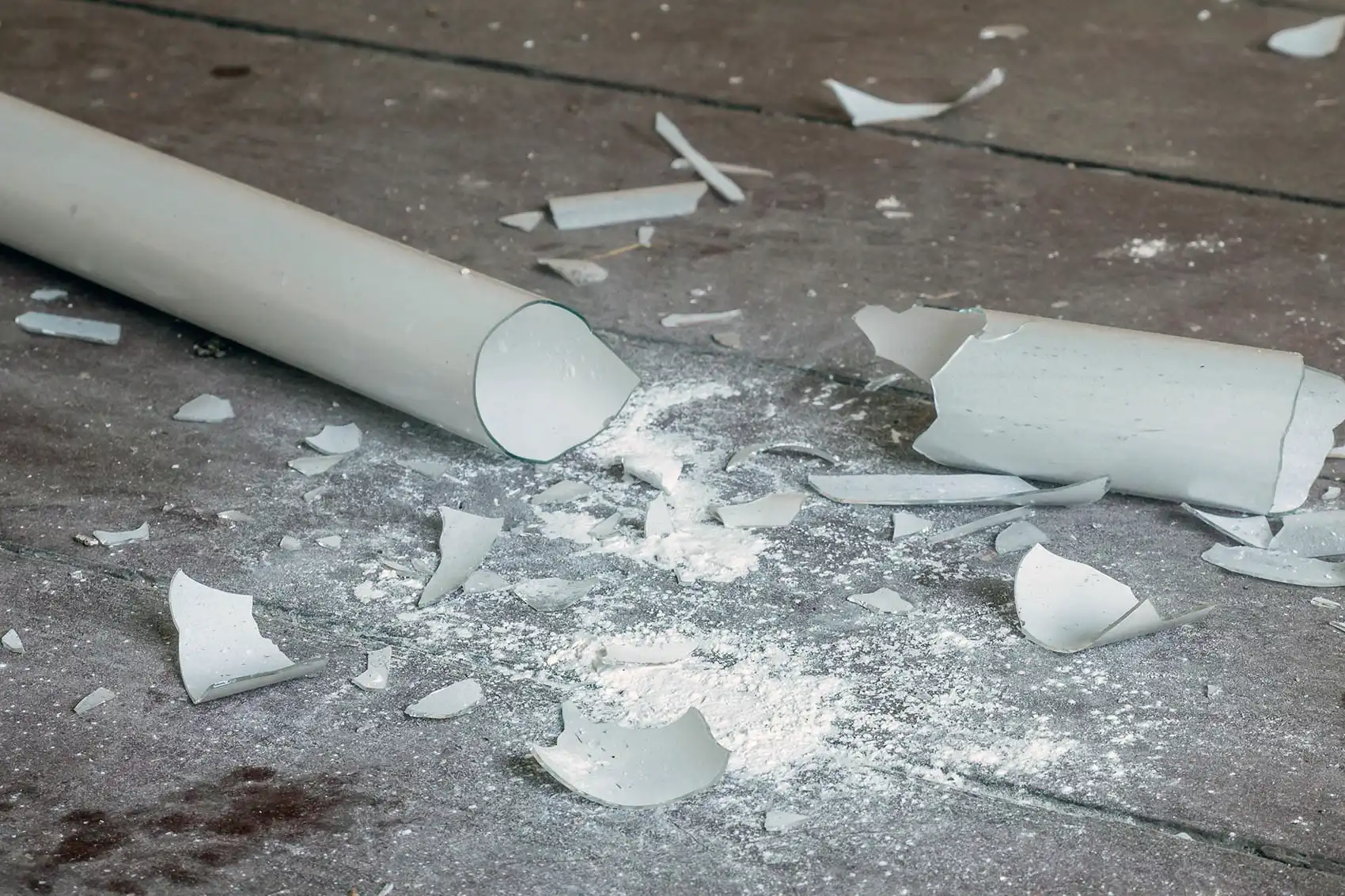
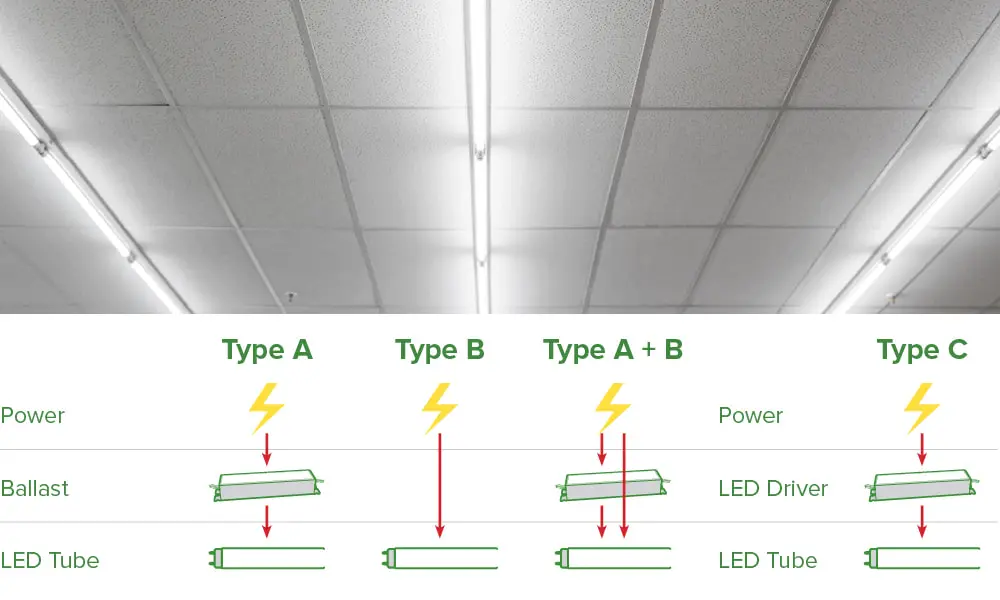
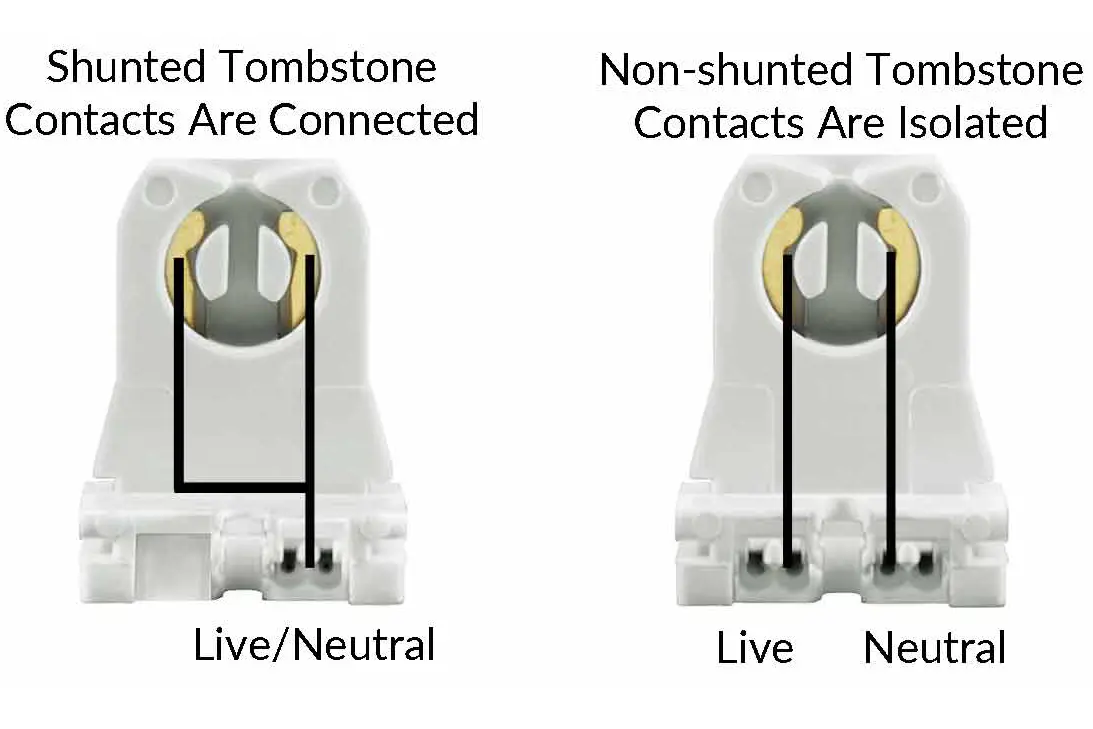

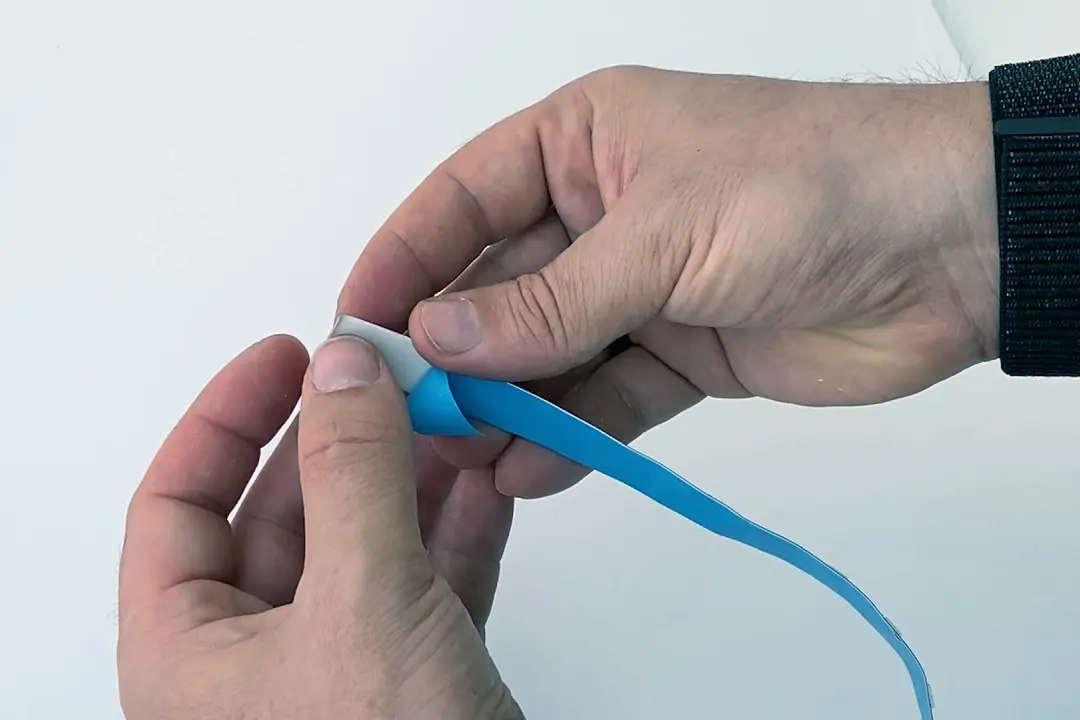
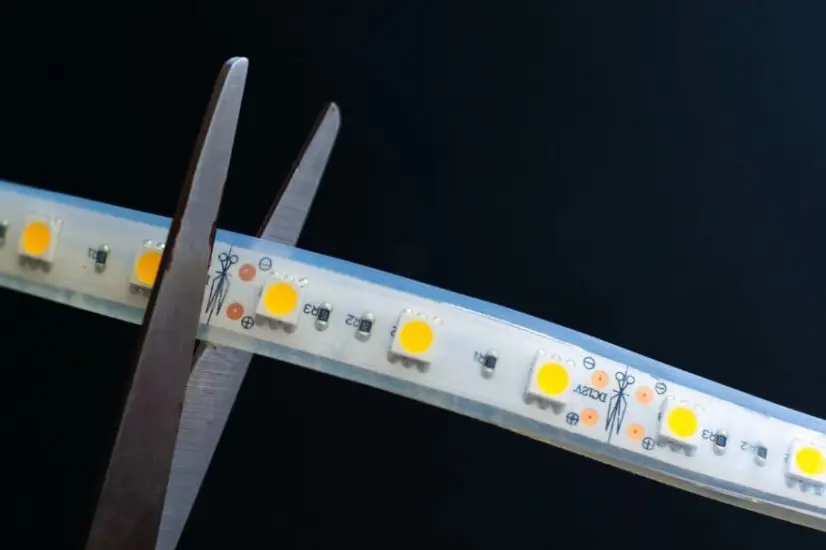
Deixe uma resposta
Quer juntar-se à discussão?Esteja à vontade para contribuir!